Facet Syndrome
The facet joints do not work in isolation though, the intervertebral disc that makes up the three joint complex at each level of the spine can have profound effects on the facet function. If the disc has lost it functionality through either an existing disc herniation or an old injury that has become degenerative then the disc can no longer take its fair share of the weight, shifting it instead rearwards onto the facet joints.
Whether short term adhesions or more long term sustained stress on the facet joints is in play, the affect is that they stiffen up and lose their functionality, if left unchecked this will lead to degenerative change known as Facet Arthrosis.
When the arthrosis advances to squeeze the spinal nerves in a condition known as spinal stenosis which can also be caused by a herniated disc or a bone spur.
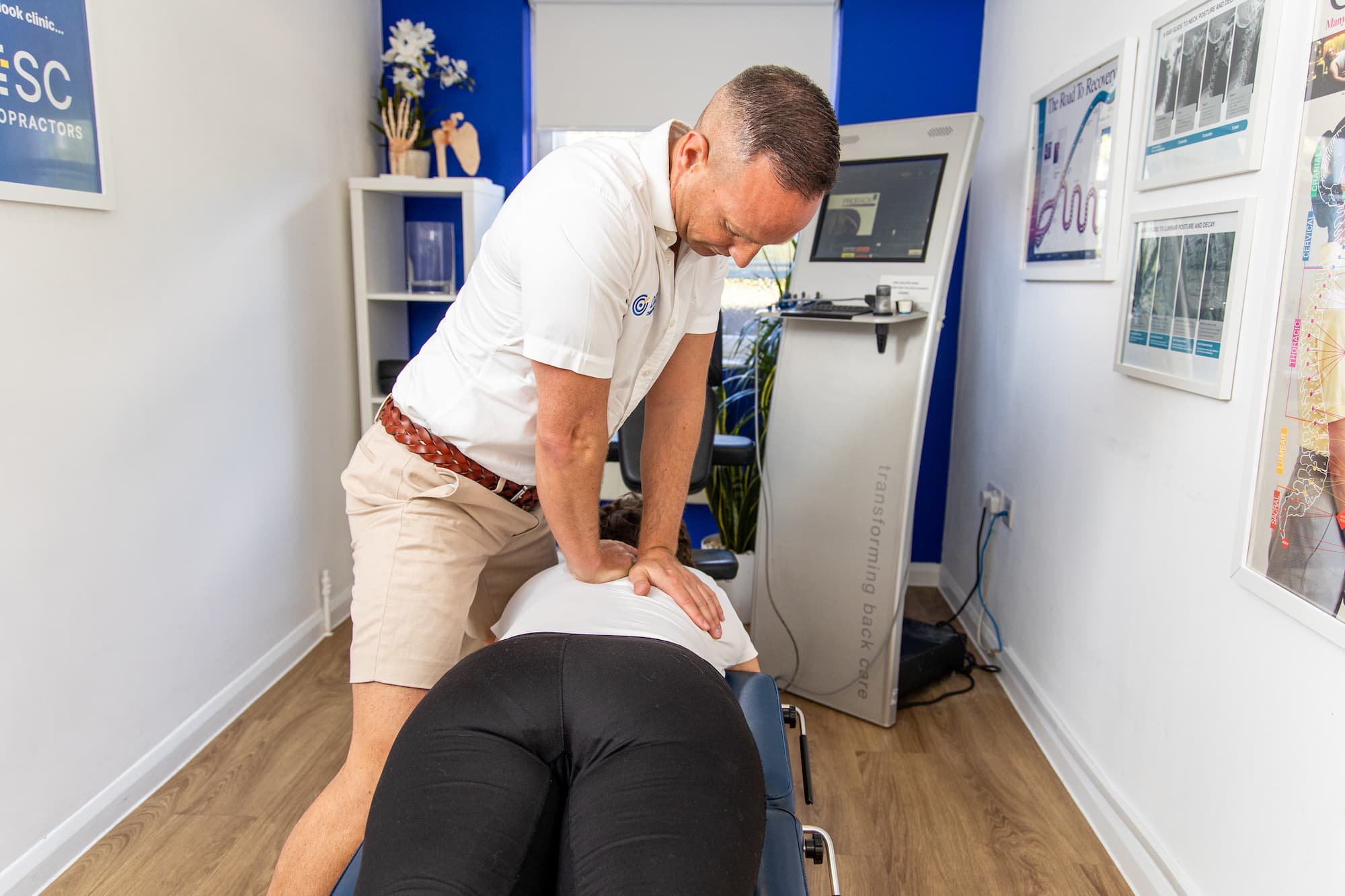
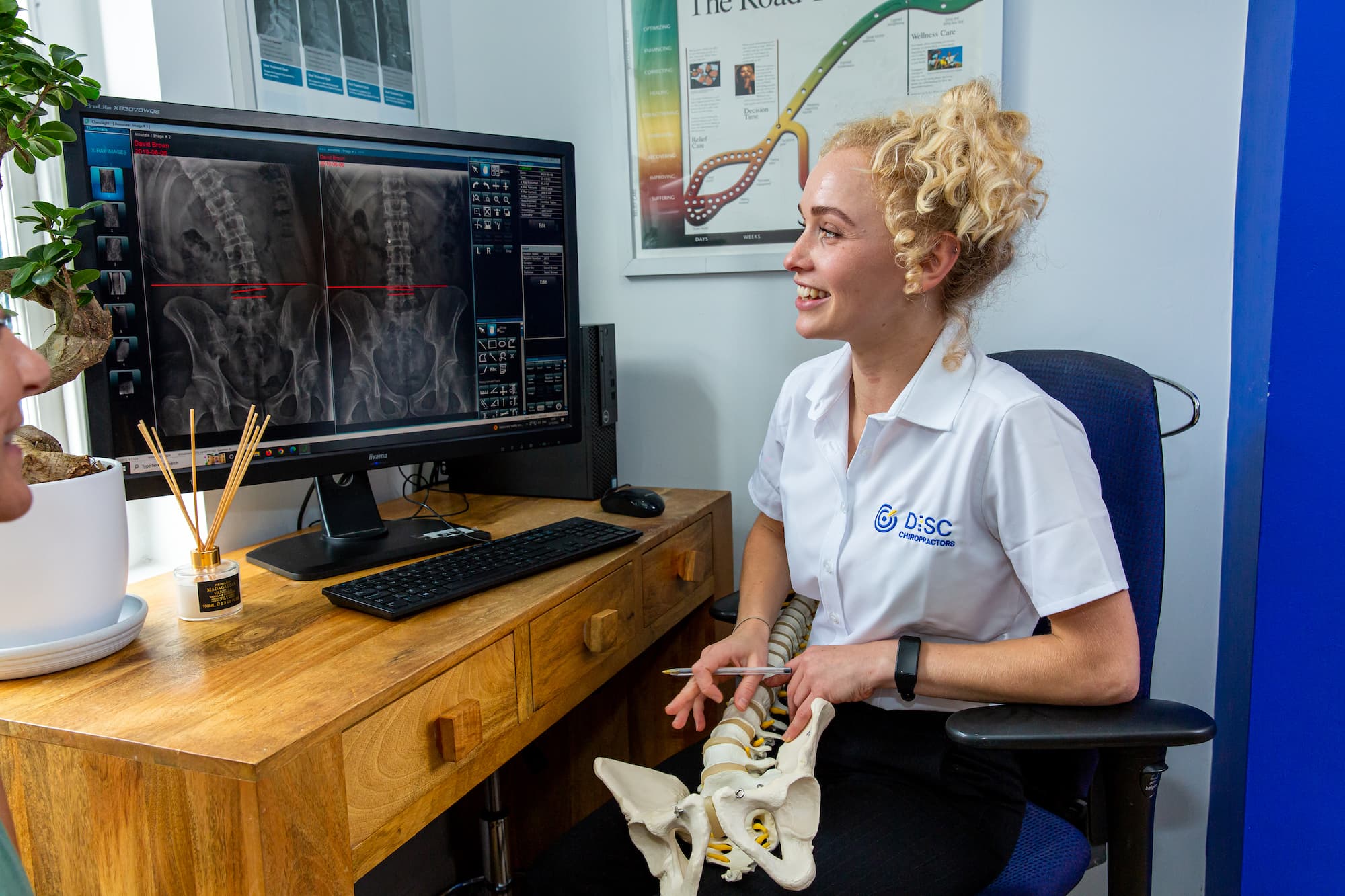
Symptoms of the facet syndrome include pain in the back, buttocks, and legs. The pain is often worse when you move your back or when you are lying down. However, unlike Disc based pain, which is usually constant, facet syndrome has a tendency to be more intermittent and its transient nature is very much influenced by a person’s daily activities and the stress they involve.

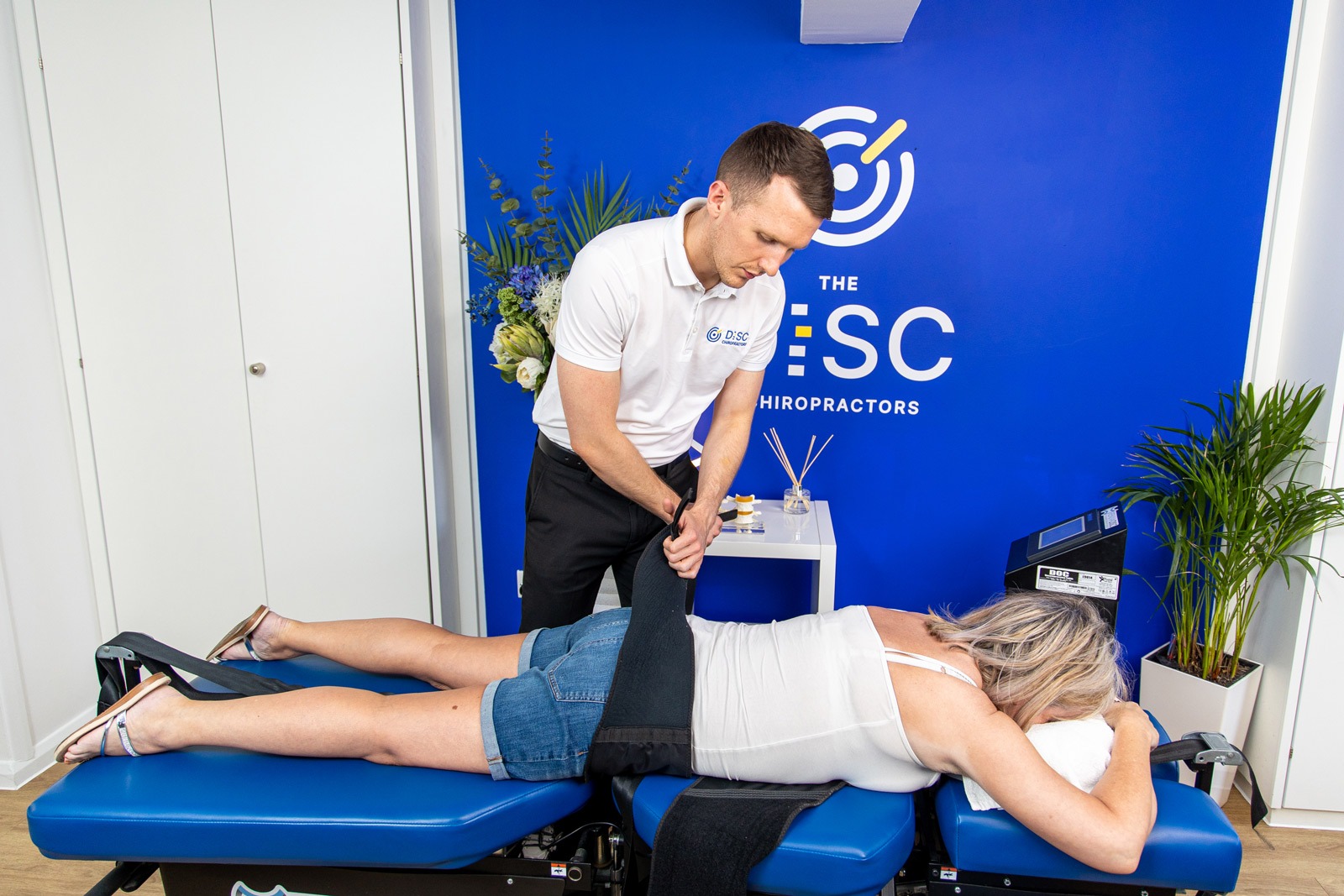
Pain tends to be diffuse pain across the lower back area, which can extend into the hips, gluteal region, and upper hamstrings. Facet irritation is often found to be happier in flexion, meaning a patient stretching their spine forwards may find relief, however it should be noted this is the worst type of stretching for disc-based pain so any increase of pain in a flexed position should seek immediate consultation with some form of manual therapist.
Traditional Chiropractic techniques have a wealth of research and rich history of success in treating facet dysfunction, and once potential disc injuries have been ruled out here at The DISC Chiropractors some of our traditional standard treatment programs are ideally placed to help with facet injuries.
The key to long-term improvement is restoring normal function. Bending, twisting, or lifting-especially early in the day or after prolonged sitting-can injure the spine. Lengthy sitting (e.g., computer work and commuting), prolonged standing, or slow walking (e.g., shopping) can all produce postural changes which stress the back. A major part of treating back pain is found in correcting a patient’s poor habits as much as it is correcting their dysfunctions.
DISC TREATMENT PROTOCOL
The first step in treating any condition is to find the underlying cause, often the pain experienced by a patient is the last “domino” to fall in a cascade of reactions. A thorough examination at our DISC Clinic in Surbiton will help not only identify exactly what is generating the pain but aim to understand its root cause.
Once a diagnosis is determined, treatment options to address the issue can be explored. Pain relief, corrective measures, and preventative strategies can be implemented to ensure the problem does not return in the future.
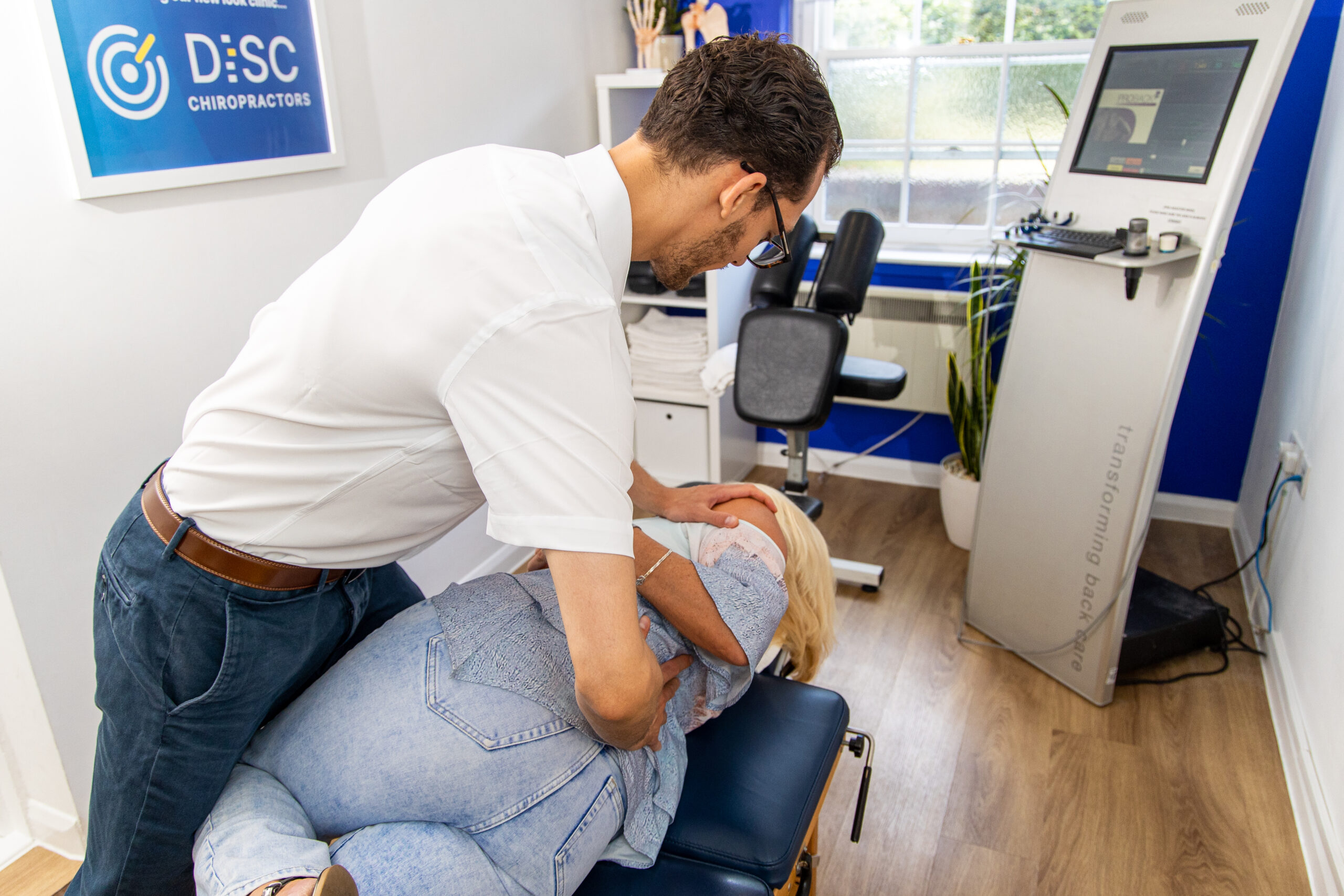
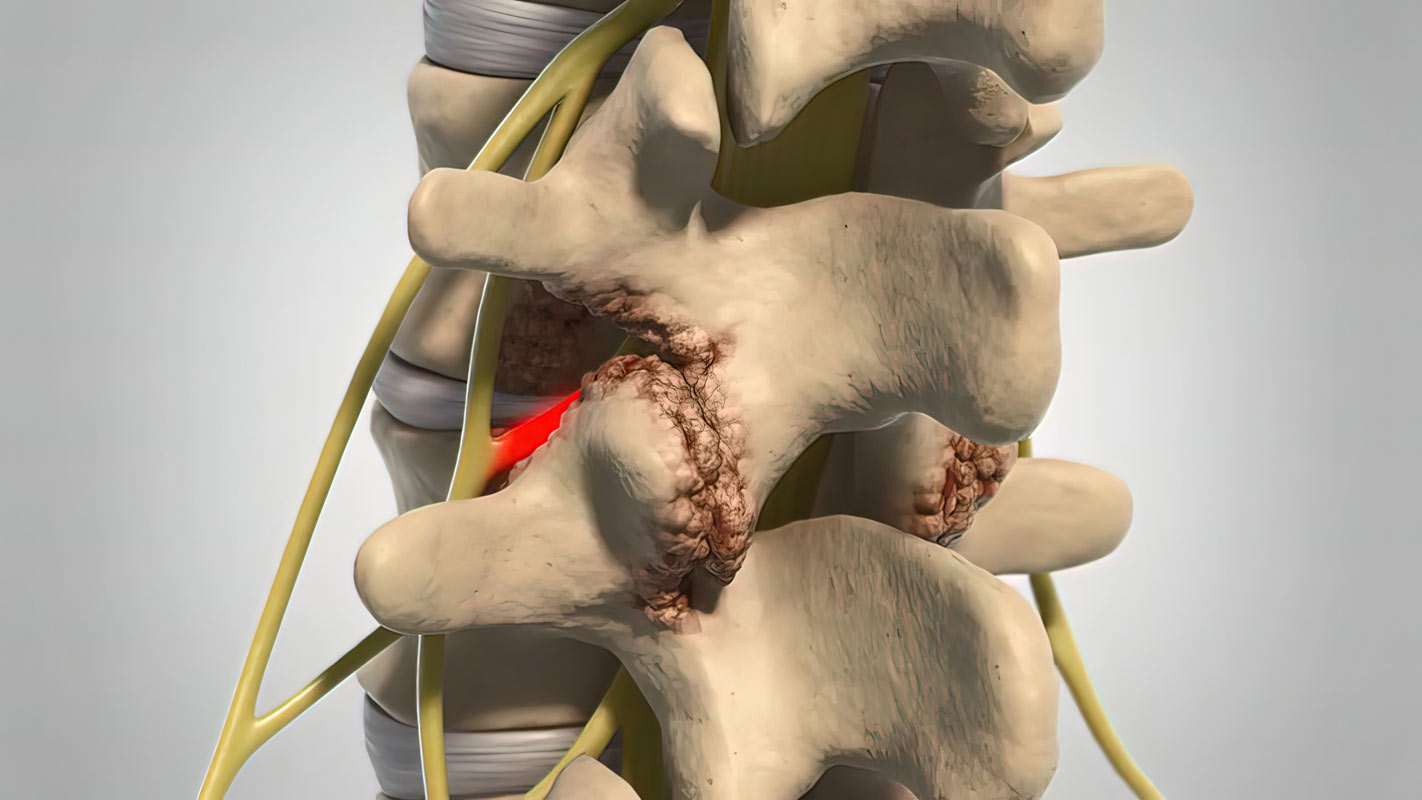
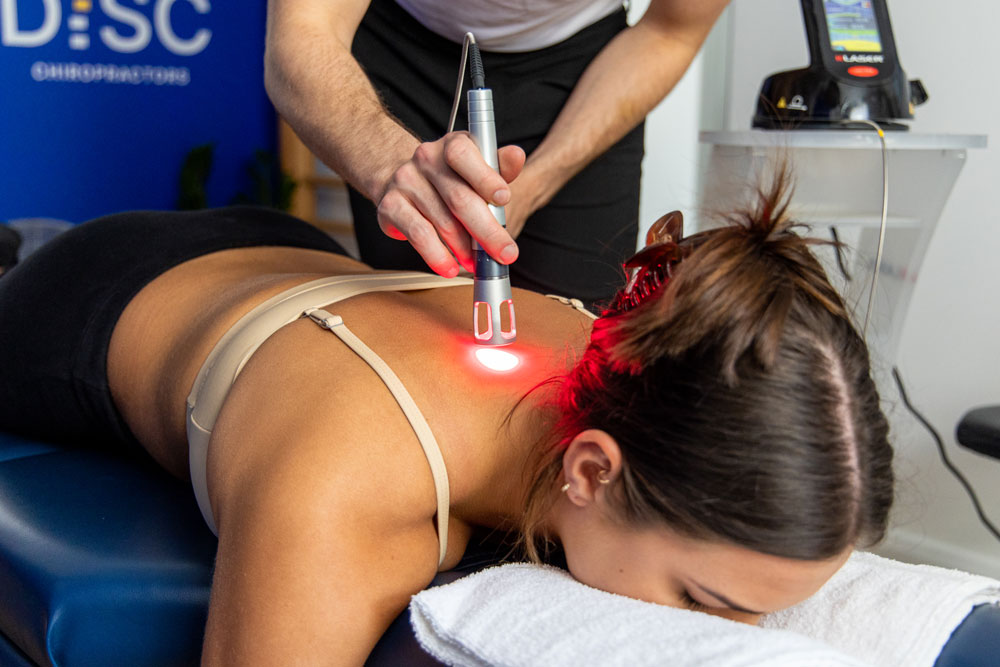
The first steps towards gaining pain relief often come by mobilising the soft tissues and joints in the area; this is achieved by using a combination of manual mobilising chiropractic techniques with our unique blend of Instrument Assisted Adjusting tools which can be used to gently initiate movement and blood flow (healing) in stubborn or inflamed tissue when stronger techniques may be contraindicated.
Spinal Decompression Therapy is one of the powerhouse treatments available at The DISC Chiropractors, its traction technology provides a unique ability to heal disc injuries and to un-trap the nerves that are often at fault for issues further down the chain for example in the arms and legs.
When conditions struggle to heal, Laser Therapy is an extremely safe and effective method of advancing rates of recovery. It’s warm photon light energy stimulates mitochondrial activity to enhance recovery in each and every cell of the body. Laser Therapy is especially useful in cases of inflammation, such as arthritic and repetitive strain conditions.
A major part of how our treatment protocols work is to ensure whilst the pain is coming under control, we are filling the patient with the knowledge of how to keep and maintain their results using corrective measures and rehabilitation tools to enhance their outcomes
To find out about some of the other conditions we treat click link
Contact Us
If you would like to find out what we could do to help your Facet Syndrome, please click the icon below to book a thorough consultation to evaluate your case.
